The Orion spacecraft successfully launched, beginning its journey to explore the Moon
This giant booster rocket took off at 1:47 a.m. on November 16 from Launch Pad 39B at the Kennedy Space Center of the US Aerospace Agency (NASA) in Florida thanks to a strong thrust of up to 3. 9 million kg. The spacecraft will make a 30-day, 2.1 million km journey to the Moon and back.
Close-up of NASA's spacecraft bringing people back to the Moon
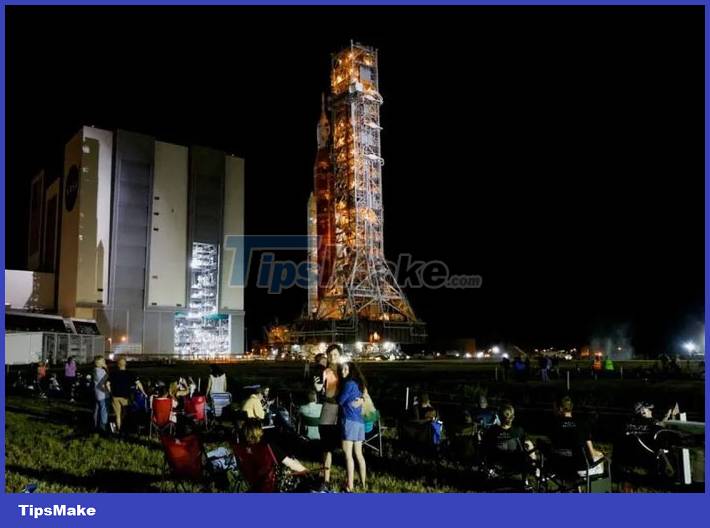
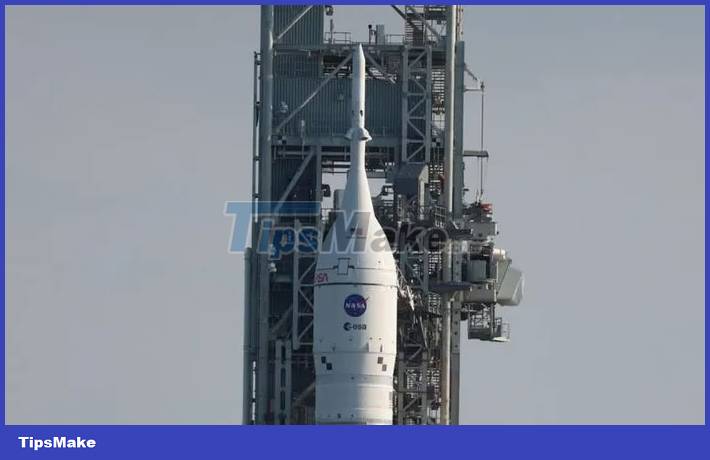
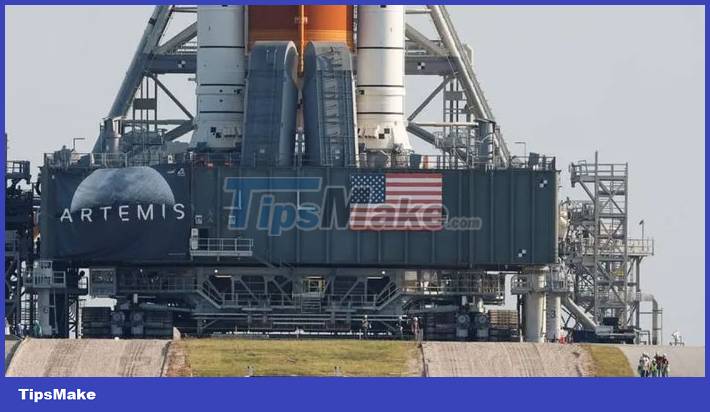
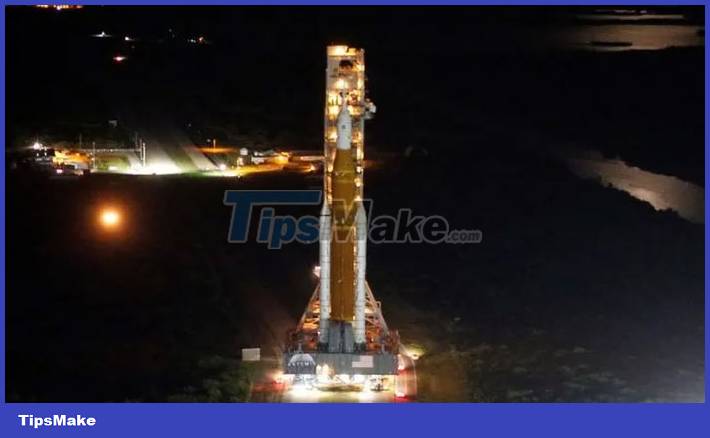
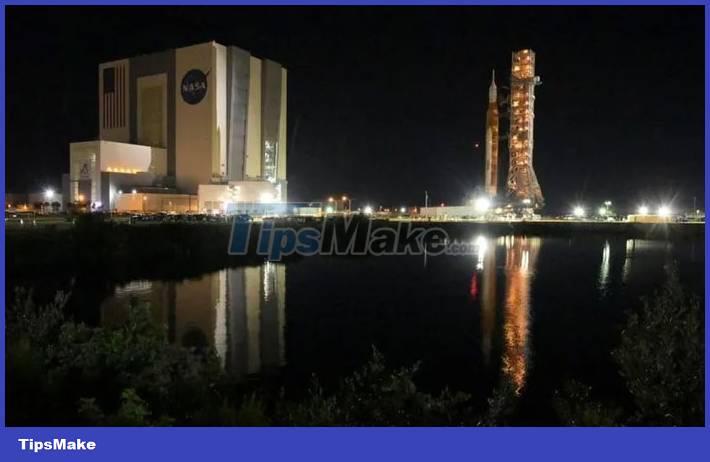
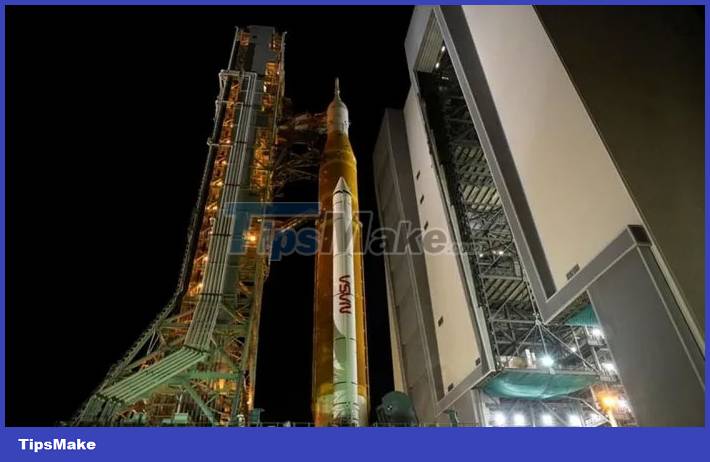
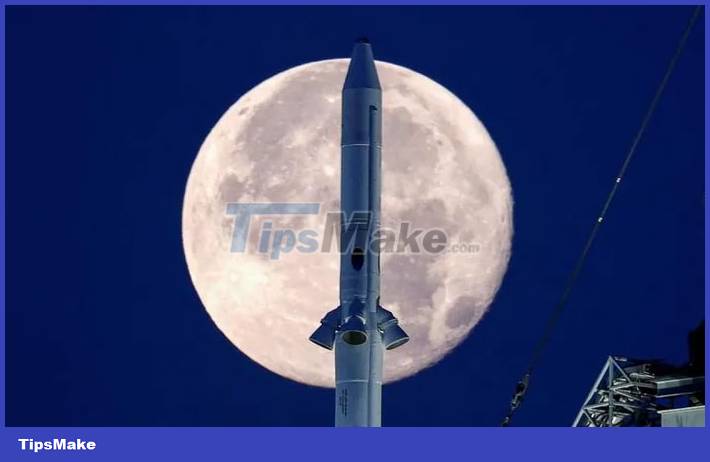
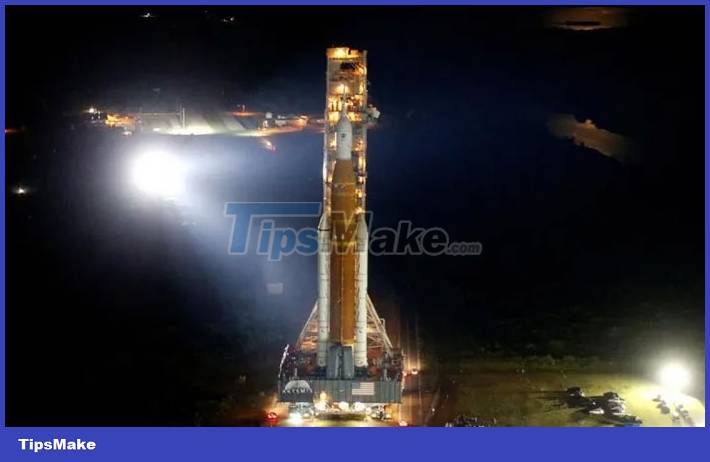
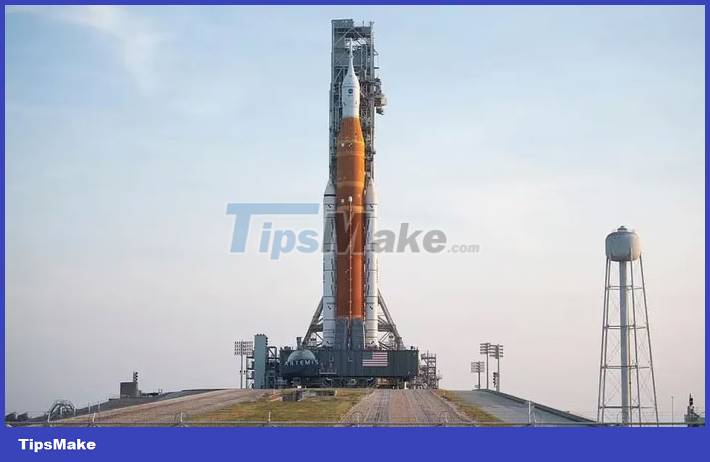
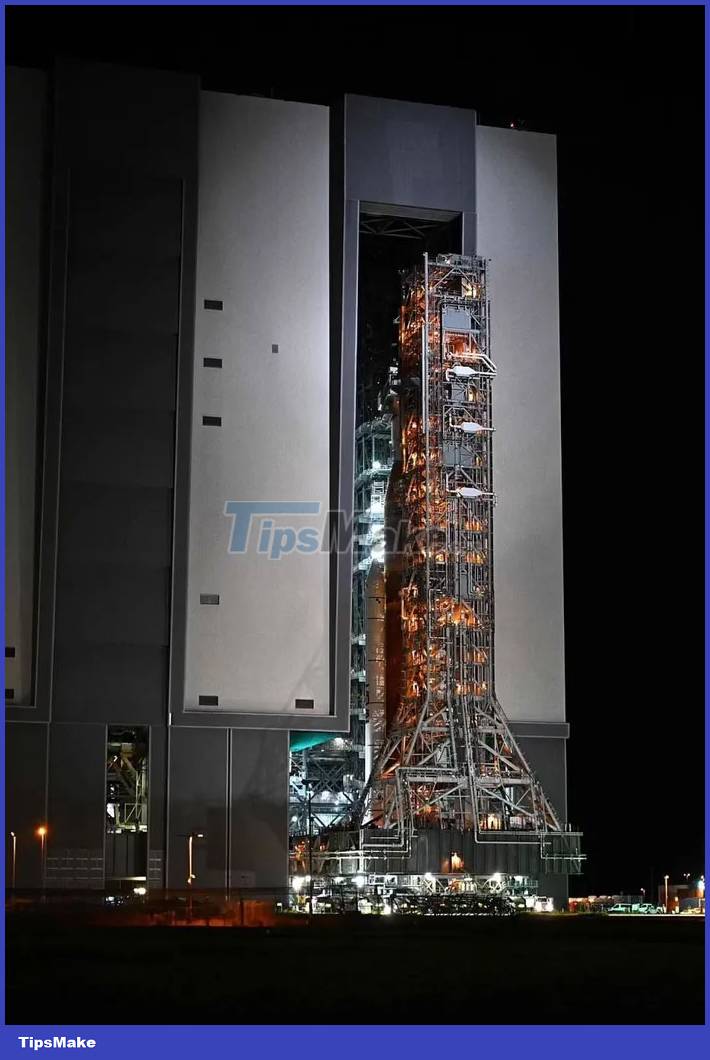
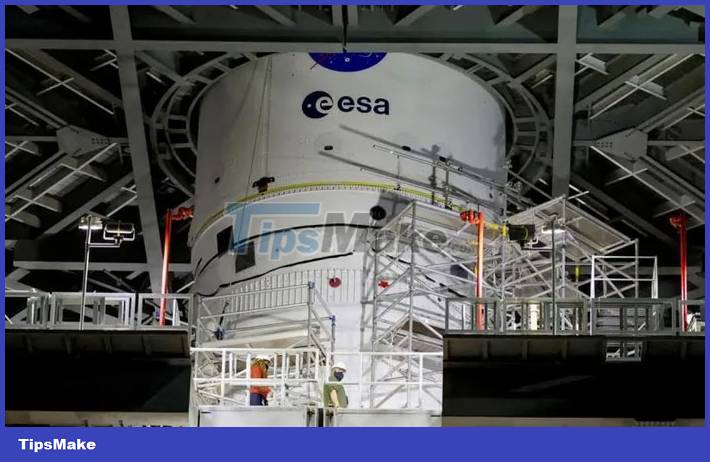
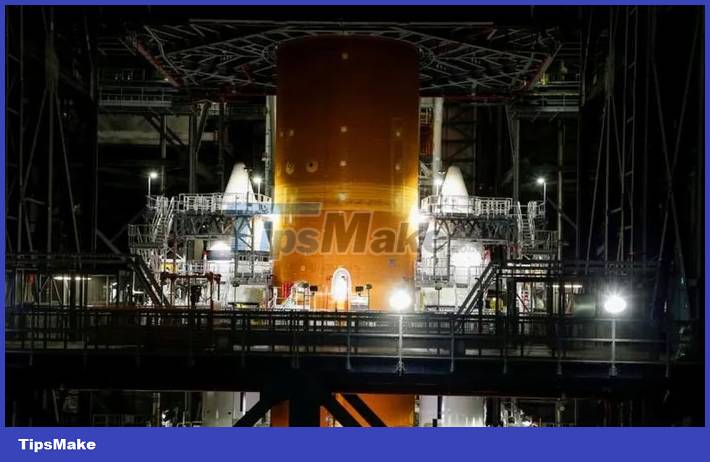
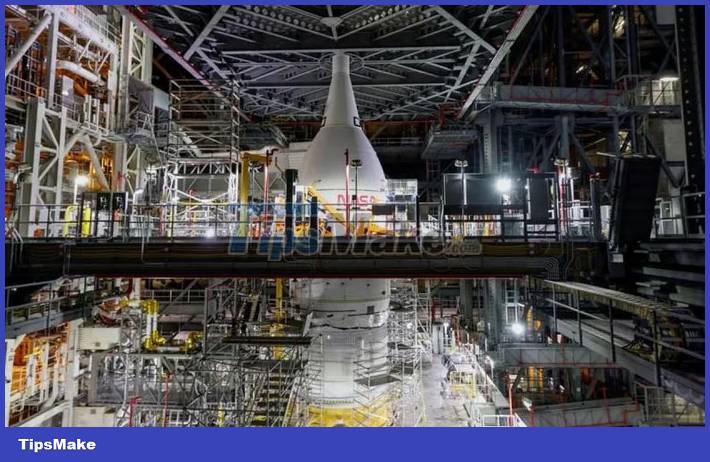
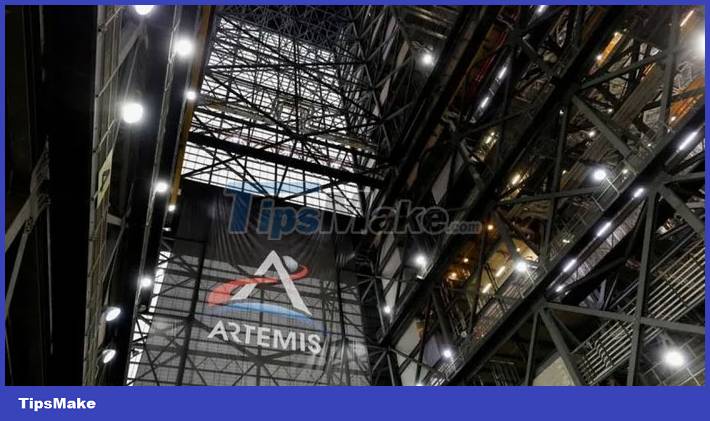
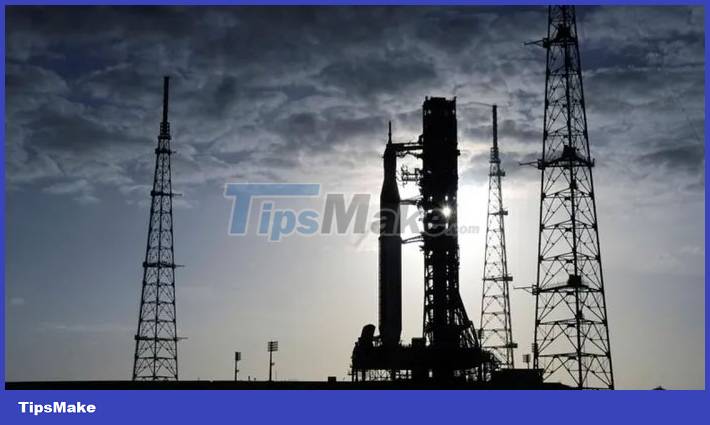
4 ★ | 1 Vote
You should read it
- NASA: 'Saturn's Titan moon will be our next stop'
- Return to the historic moment when NASA spacecraft landed on the Moon through a re-created film from over 14,000 photos
- Why did the Soviets never set foot on the Moon?
- NASA postpones plan to return humans to the Moon by 2024
- NASA admits the spaceship was flying as fast as a bullet hit by UFOs
- Discover incredible facts about the Moon
- Stunning photos of the largest moon in the Solar System
- Over 12,000 people applied to fly to the moon and Mars as NASA Artemis astronauts
May be interested
- The world's largest underwater cave system is found on the Yucatan Peninsula
 not only is it an incredible place, it also contains many important archaeological discoveries and unknown biodiversity.
not only is it an incredible place, it also contains many important archaeological discoveries and unknown biodiversity. - NASA's spacecraft soared to the asteroid that could destroy the Earth for specimens
 nasa's osiris-rex spacecraft is powered by earth to fly into space, beginning its journey to the asteroid bennu taking a few specimens and returning to earth in 2023.
nasa's osiris-rex spacecraft is powered by earth to fly into space, beginning its journey to the asteroid bennu taking a few specimens and returning to earth in 2023. - Cassini spacecraft, $ 3.26 billion machine 'bombarded' Saturn, ending its 20-year mission
 nasa's cassini probe is coming closer to the unimaginable goal of approaching saturn's moon, fulfilling its 20-year mission before crashing into the planet on september 15.
nasa's cassini probe is coming closer to the unimaginable goal of approaching saturn's moon, fulfilling its 20-year mission before crashing into the planet on september 15. - Return to the historic moment when NASA spacecraft landed on the Moon through a re-created film from over 14,000 photos
 a vivid, 1-0-2 film, meticulously and meticulously recreating the photographer's moment of breathtaking nasa spacecraft, the film maker christian stangl surprised many.
a vivid, 1-0-2 film, meticulously and meticulously recreating the photographer's moment of breathtaking nasa spacecraft, the film maker christian stangl surprised many. - How terrible is the rocket that will bring people to Mars?
 nasa, the us aerospace agency recently released a video recording of the test of the most powerful rs-25 engine in history. rs-25 is the engine of the future mounted on the orion cruise ship, which will take people to mars.
nasa, the us aerospace agency recently released a video recording of the test of the most powerful rs-25 engine in history. rs-25 is the engine of the future mounted on the orion cruise ship, which will take people to mars. - Admire the beautiful images of Earth taken by the Blue Ghost spacecraft
 it's been a week since firefly aerospace's blue ghost mission began its journey to the moon, carrying nasa's scientific instruments and aiming to perform the second commercial soft landing on the planet's surface.
it's been a week since firefly aerospace's blue ghost mission began its journey to the moon, carrying nasa's scientific instruments and aiming to perform the second commercial soft landing on the planet's surface. - Explore the moon and extremely detailed planets with new features on Google Maps
 google maps has just added a lot of planets and moons so that users can explore space without leaving home.
google maps has just added a lot of planets and moons so that users can explore space without leaving home. - Impressive series that Cassini captured before 'suicide'
 below are impressive astronomical photos, becoming the invaluable asset of the human being that cassini spacecraft captured and sent.
below are impressive astronomical photos, becoming the invaluable asset of the human being that cassini spacecraft captured and sent. - Russian spacecraft 'resupply' successfully 3 tons of cargo for the ISS in just 3 hours
 currently, progress 75 is moored at the iss at a height of 260 miles (418 km) northwest of china, and will remain there until december.
currently, progress 75 is moored at the iss at a height of 260 miles (418 km) northwest of china, and will remain there until december. - Elon Musk released 8 photos of the first human journey to Mars in the future
 photos of spacex's journey to launch the newly launched space mars first passenger will help us better visualize future space travel.
photos of spacex's journey to launch the newly launched space mars first passenger will help us better visualize future space travel.










 NASA successfully sent a software update to Voyager 2 from a distance of 19.9 billion km
NASA successfully sent a software update to Voyager 2 from a distance of 19.9 billion km Admire incredibly detailed images of the Orion Nebula through the eyes of the James Webb telescope
Admire incredibly detailed images of the Orion Nebula through the eyes of the James Webb telescope Clouds on Neptune may be created by the Sun
Clouds on Neptune may be created by the Sun How many planets are there in the universe?
How many planets are there in the universe? Why are the stars in the universe spherical and not square or rectangular?
Why are the stars in the universe spherical and not square or rectangular? Video: Russia launches the first lunar probe in nearly 50 years
Video: Russia launches the first lunar probe in nearly 50 years